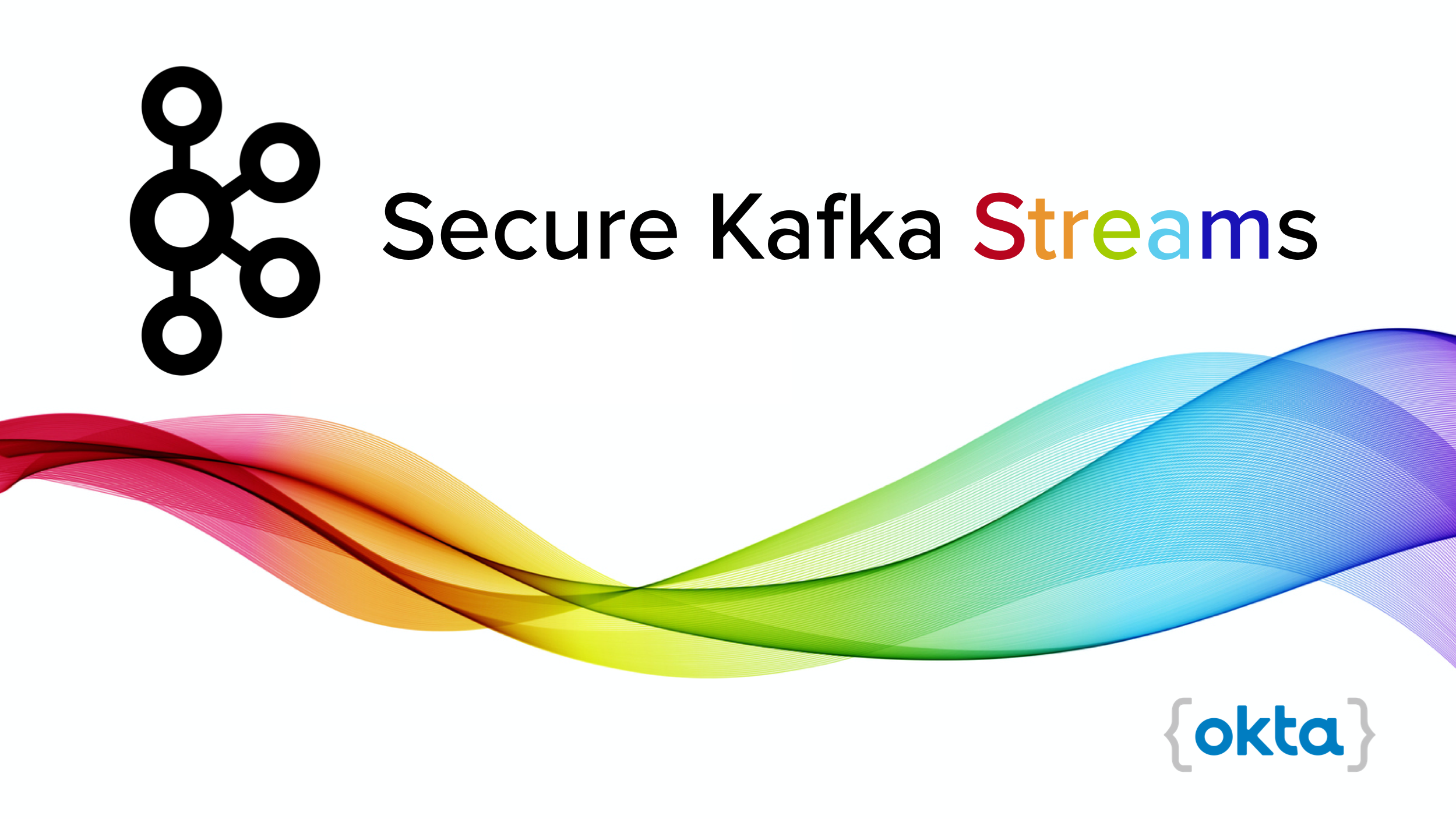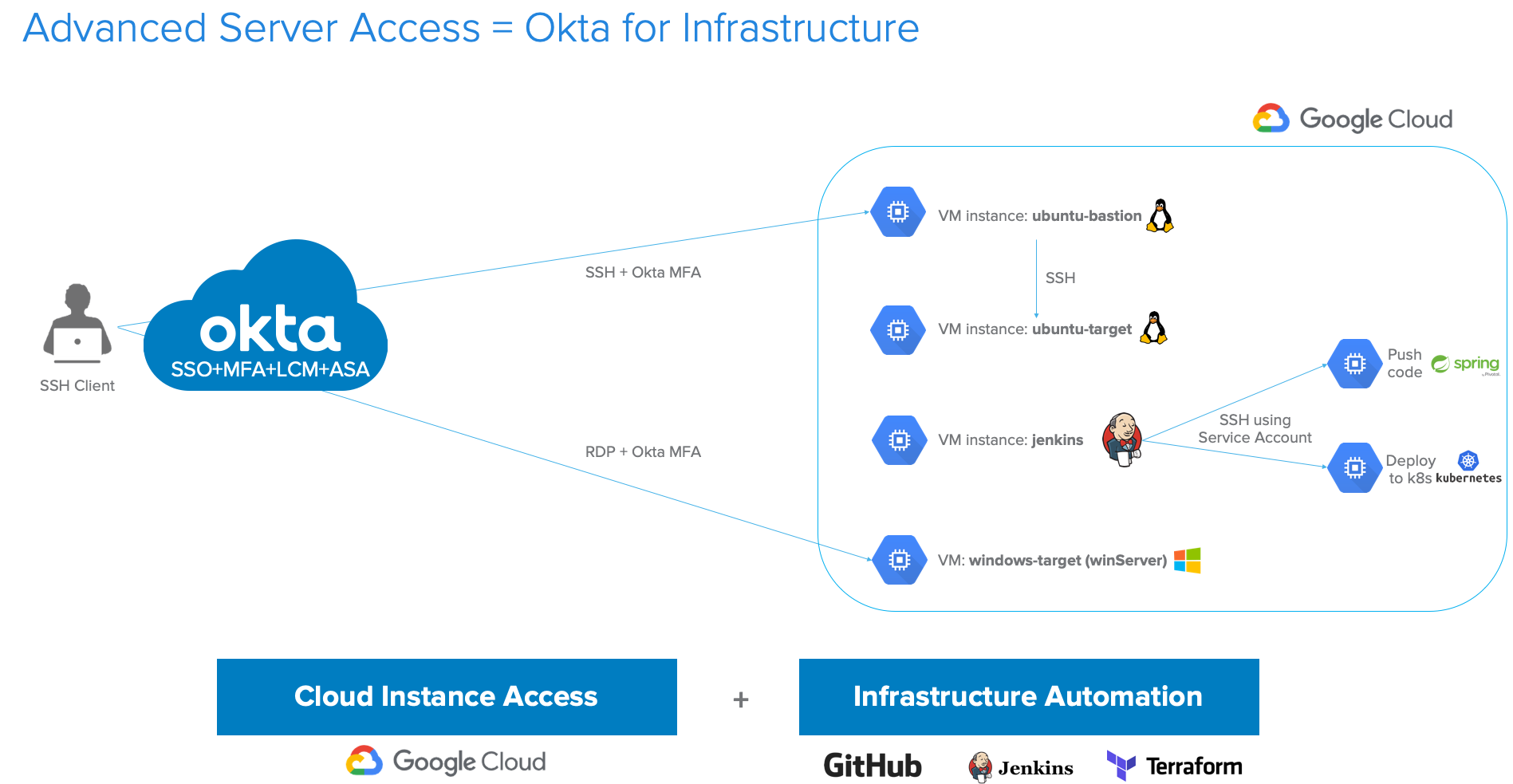Build an Incredibly Fast Website with Dapper + C#

If you have been doing .NET development professionally for any length of time, you are probably familiar with Entity Framework for data access. At the time of this post, both Entity Framework and Entity Framework Core have over 85 million downloads on Nuget so it is definitely a popular framework. People love Entity Framework because it abstracts the way you interact with the database to make development easier. The problem, though, is that you trade...
What's New with OAuth and OpenID Connect?

In this video you'll learn about the latest developments in the OAuth and OpenID Connect specs from Aaron Parecki, a regular contributor to the OAuth working group. The latest additions to the specs enable richer experiences and better security for applications using OAuth.
Secure Kafka Streams with Quarkus and Java

In this tutorial, you’re going to use Apache Kafka and Quarkus to create a secure, scalable web application. The application will use Kafka Streams and a small Kafka cluster to consume data from a server and push it to a client application as a real-time stream. You will secure the entire application. You will secure the Kafka cluster with SSL and SASL/JAAS password protection. Finally, you’ll secure the Quarkus client application using OAuth 2.0 &...
Configure Okta Advanced Server Access (ASA) for GCP + Jenkins Service Account

In this tutorial, we’ll configure Okta Advanced Server Access (aka ‘ASA’) so our DevOps team can securely access Virtual Machines (aka ‘VMs’) on Google Cloud Platform (aka ‘GCP’). We’ll also configure a service account so our Jenkins instance can connect to other VMs to run remote commands. This tutorial highlights the steps you should complete to manually deploy those servers on GCP and enroll them in ASA. At the end of this tutorial, we’ll point...
Baking in Security with .NET CLI Templates

Let’s face it: developing good security is hard, unglamorous, and time-intensive. People tend to think about it as an afterthought instead of a priority. What if there were a way to make all your new projects more secure out of the box, and also make your company’s development processes easier and more repeatable in the process? Good news everyone, I have just the thing: .NET templates. You are going to love how much time and...
OpenID Connect Logout Options with Spring Boot

On the Okta blog, we spend much of our time talking about logging in. That is because once you configure your application to log in, the log out just works. But there are a few things you should consider when you’re thinking about your app’s logout configuration. In this post, I’ll walk through examples of the two logout options you have with Spring Security: the "default" session clearing logout, and relying party initiated logout. If...
Security Patterns for Microservice Architectures

If you attend a lot of Java ecosystem conferences, you’ll think that everyone uses microservices. It’s a trendy topic, and developers everywhere are interested in learning about them. For a good reason too! Microservice architectures are a technique for delivering code faster. Chris Richardson is a friend and expert on microservices. He suggests a helpful guideline in a recent blog post: Why microservices? IF you are developing a large/complex application AND you need to deliver...
Continuous Integration with Jenkins and Java

Continuous Integration (CI) is a popular development practice that helps to ensure software is high-quality and deployable, as you validate (compile and test) the software as soon as you check in changes to the Source Control Management System (SCM). You must have some key elements in place to adopt CI: A SCM system like Git, and a shared repository A CI server like Jenkins Automated tests Teamwork CI practices that allow you to keep build...
Build a React App with Styled Components

When you create React applications, at some point you have to make a decision on how to organize your CSS styles. For larger applications, you’ll have to modularize the stylesheets. Tools such as Sass and Less let you divide up your styles into separate files and provide lots of other features that make writing CSS files more productive. But some problems remain. The tools separate your styles from your components, and keeping the styles up-to-date...
A Developer Guide to Reporting Vulnerabilities

Many of us are not familiar with vulnerability reporting and how it is different from reporting a regular bug. Frequently, I’ve seen people report vulnerabilities or potential security issues incorrectly. A public bug tracker or Stack Overflow is NOT the right tool; developers need to handle vulnerabilities differently and should not disclose them until the project/vendor fixes them. In this post, you will learn basics about vulnerabilities, how they relate to Common Vulnerabilities and Exposures...